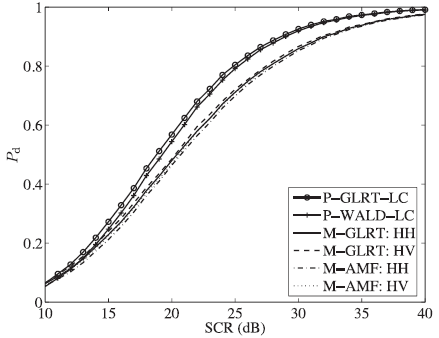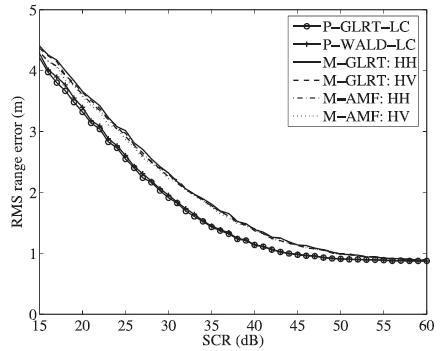Techniques for space-time adaptive detection in an unknown disturbance environment have received an increasing attention in recent years in the radar community.
Recently, scientists from three countries work together to have proposed two adaptive decision schemes with enhanced detection and range estimation capabilities for point-like targets buried in Gaussian clutter with unknown covariance matrix. The scientists are HAO Chengepeng and HOU Chaohuan et al. from the Institute of Acoustics of the Chinese Academy of Sciences, Gazor Saeed from Canada and Orlando Danilo from Italy.
For the sake of deriving these new detectors, the scientists jointly exploit the polarization diversity information as well as the spillover of target energy to consecutive range samples and use the plain generalized likelihood ratio test and the Wald test which is a parametric statistical test.
Remarkably, both of them possess the constant false alarm rate property with respect to the unknown clutter covariance matrix. The performance assessment, carried out using simulated data and the real recorded dataset, confirm that the proposed polarimetric detectors (P-GLRT-LC and P-WALD-LC) outperform their nonpolarimetric counterparts in terms of probability of detection and range estimation. It is shown in Fig.1 as the detection performance and Fig.2 as the range estimation performance.
Moreover, they could provide superior detection performance with respect to the state-of-the-art polarimetric detectors that do not consider the spillover.
Future research will involve the extension of our results to the case of more than two channels in order to further improve the detection and range estimation performances.
It is also of interest to extend the proposed framework to detect multiple point-like targets or operate under non-Gaussian clutter.
Funding for this research came from the National Natural Science Foundation of China under Contracts 61172166.

Fig. 1 Pd (Probability of Detection) versus signal-to-clutter ratio (SCR) (Image by HAO Chengpeng et al.)

Fig.2 RMS (root mean square) errors versus signal-to-clutter ratio (SCR) (Image by HAO Chengpeng et al.)
Reference:
HAO Chengpeng, Gazor Saeed, MA Xiaochuan, YAN Shefeng, HOU Chaohuan, Orlando Danilo. Polarimetric Detection and Range Estimation of a Point-Like Target. IEEE Transactions on Aerospace and Electronic Systems (Vol. 52, No. 2, pp. 603-616). DOI: 10.1109/TAES.2015.140657
Contact:
HAO Chengpeng
Institute of Acoustics, Chinese Academy of Sciences, 100190 Beijing, China
Email: haochengp@mail.ioa.ac.cn


